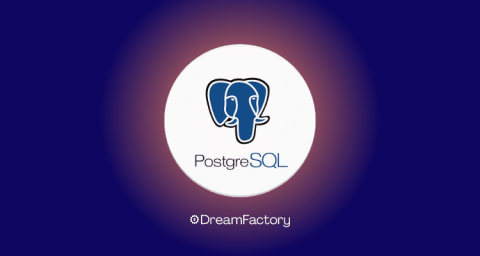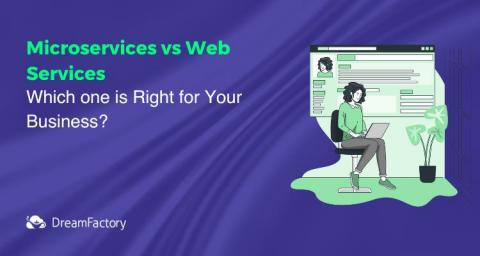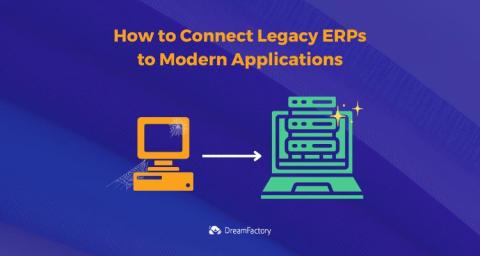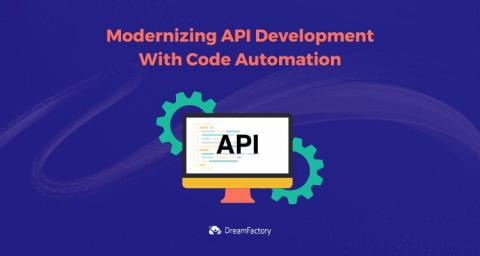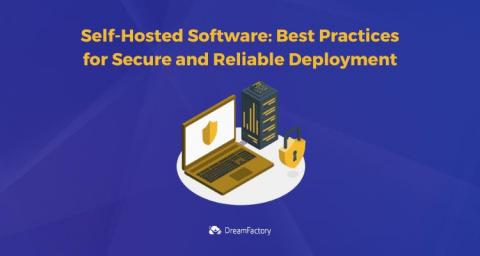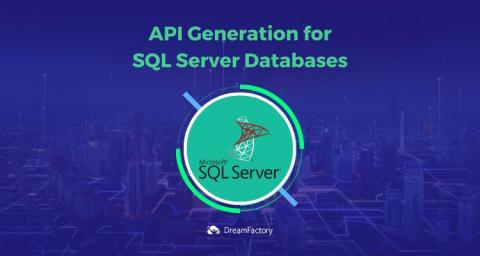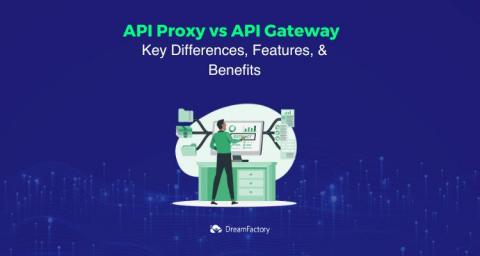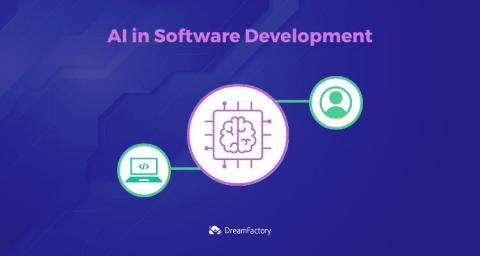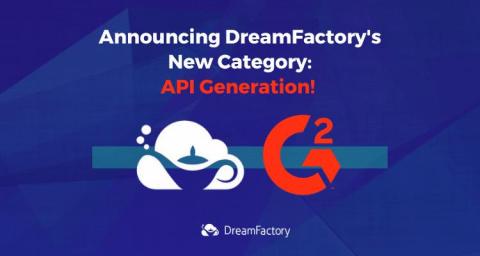Creating a MongoDB API in Minutes with DreamFactory
Handwriting code for database APIs can be a time consuming and expensive process that often exposes organizations to a variety of risks relating to quality, consistency, and developer effort. DreamFactory specialises in REST API generation for a range of databases that gives you the ability to generate a secure, fully documented API in minutes.



